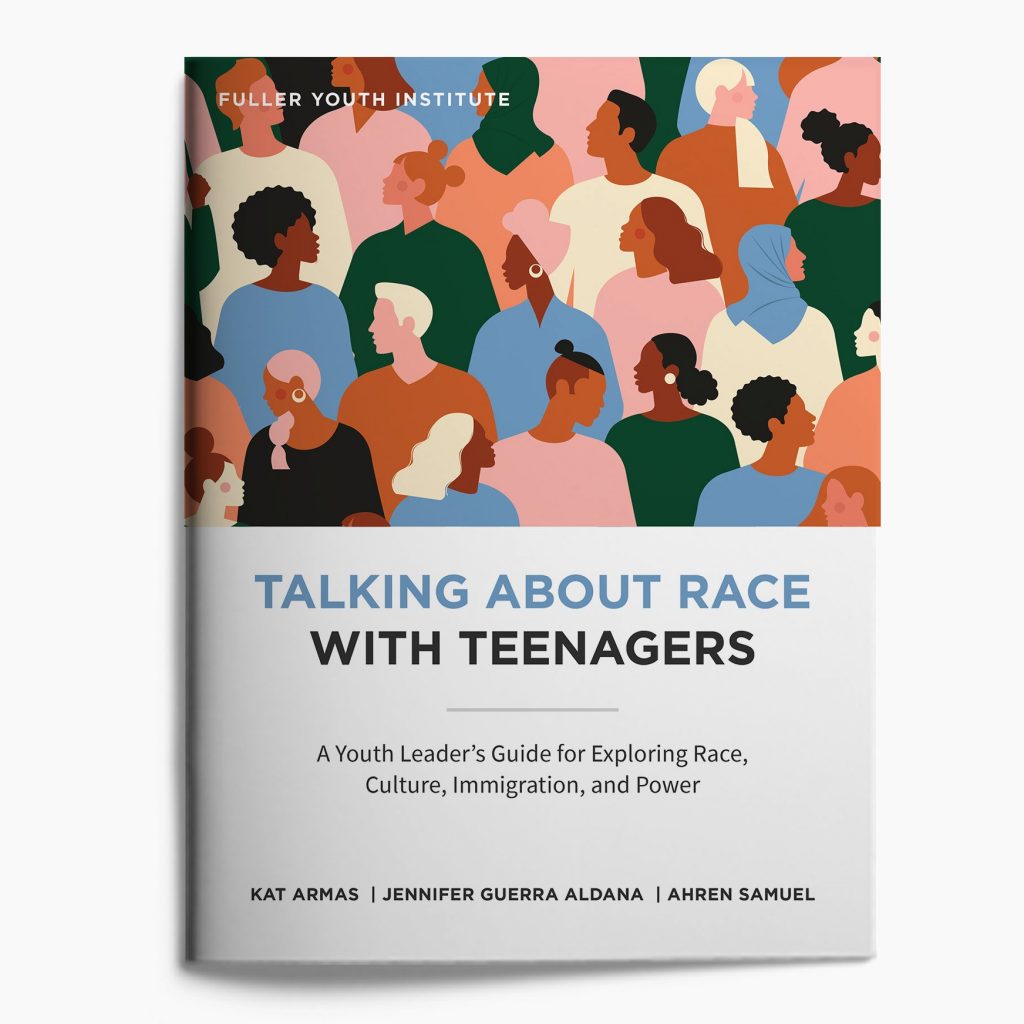Talking About Race With Teenagers
I was rushing to the church building. I had just ended a long shift at work and was speeding to get to youth group on time. Whenever I stopped at a red light, I would glance over to the passenger seat to read over the jumbled notes I had written on a napkin during my lunch break. My heart felt a sense of relief when I realized I would arrive 15 minutes before students tended to show up. I would have some time to take a deep breath and copy my scrambled notes from my napkin onto a fresh piece of paper. I hurried out of my car and walked as fast as I could so I could open the youth room and finally catch my breath.
To my surprise, there were already two students outside the door. I could hear their heated conversation as I approached. They were discussing a race related incident from school that day.
All I wanted was 15 minutes to breathe.
I said some quick hellos and told them they were welcome to come in while I set up for youth group. They found a seat on one of our couches, and as I was trying to transcribe my notes, I couldn’t help but overhear what they were talking about: A young man had been beaten up at school by a group of peers.
Then I heard one of the students use a racial slur.
The hair on the back of my neck stood up. I just wanted 15 minutes to finish prepping my lesson, and yet it felt like the lesson was being written on that hand-me-down couch. I was tired, I had already had a full day, and the last thing I wanted to do was engage in a conversation about racialized violence. It was not the first time I had encountered a moment like this. I had been paying attention over the past few years to the national conversation about the death of Black men at the hands of local police and the increasing violence toward migrants crossing the border.
Stories of racialized violence often inundate the news cycle, and soon after, our social media feeds. If you are like me, soon after the news hits, I begin to look for resources that can help me understand what is happening. While all of it is helpful, I seldom come across a resource that is meant to help me navigate these conversations with young people in my ministry.
According to census data, about two-thirds of all census-counted US Americans today are White. But when you look at those under age 18, that percentage drops to one half. Projecting ahead to 2060, estimates predict that young people under 18 will be roughly one-third Hispanic, one-third White, and hovering around 10 percent each for African American, Asian American, and multiracial groups. This means the percentage of multiracial young people in particular will double.
“Young people today have more opportunities to enter into friendship and relationships with more diverse people than any previous generation.”
Young people today have more opportunities to enter into friendship and relationships with more diverse people than any previous generation. This is something to celebrate! Yet, as the adults who accompany young people, we did not always have these same opportunities in our own childhood and adolescence.
Jesus was no stranger to this kind of world. He was a bilingual, bicultural, border-crossing, brown-skinned Palestinian Jew. He broke all sorts of historic and socially constructed boundaries that had organized people groups as either “insiders” or “outsiders” and invited us into a new way of being the people of God. Jesus took his Jewish background seriously, but chose to extend himself to other cultures, language groups, immigrant communities, and even historically rival religious and political groups.
At the Fuller Youth Institute, we believe these realities are important to God and important for human flourishing. Therefore, they must be important to the church. We set out to write the guide that we wish we’d had when we started our journey toward developing youth ministries that not only talk about race, but actively promote antiracism. Wherever you find yourself, we welcome you into the lifelong work of learning about the complicated dynamics of race in our society. We hope that the next time you feel like all you do not have much to offer, you can remember that sometimes our best “sermons” are spontaneous, vulnerable conversations with young people.
Engage teenagers in faithful and caring discussions about race. Talking About Race with Teenagers is an easy-to-use guide for any leader who needs a starting point to talk about race, culture, immigration, and power with today’s young people. Find it at Fulleryouthinstitute.org/store.
Disclaimer: The views and opinions expressed in the YS Blog are those of the authors and do not necessarily reflect the opinion or position of YS.
